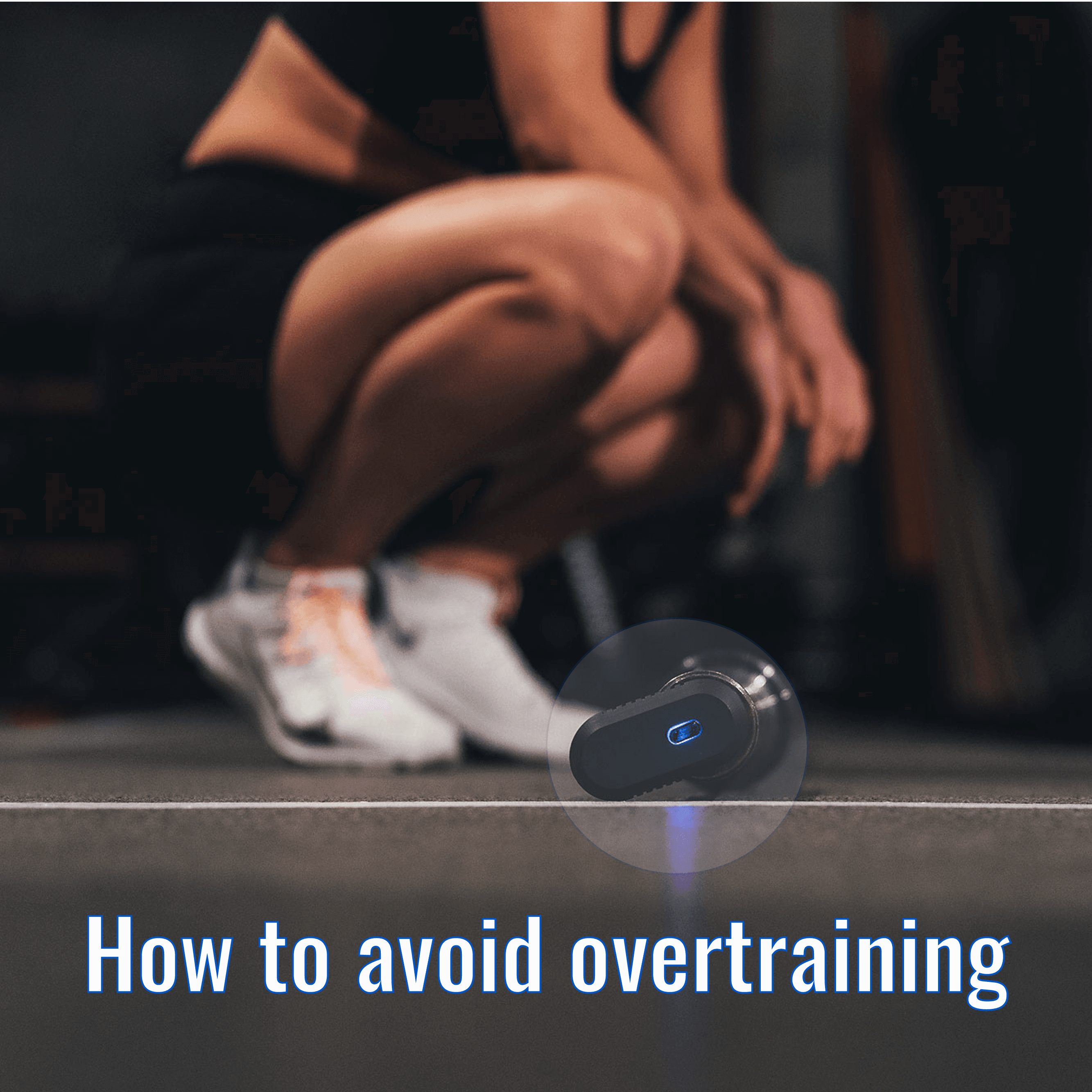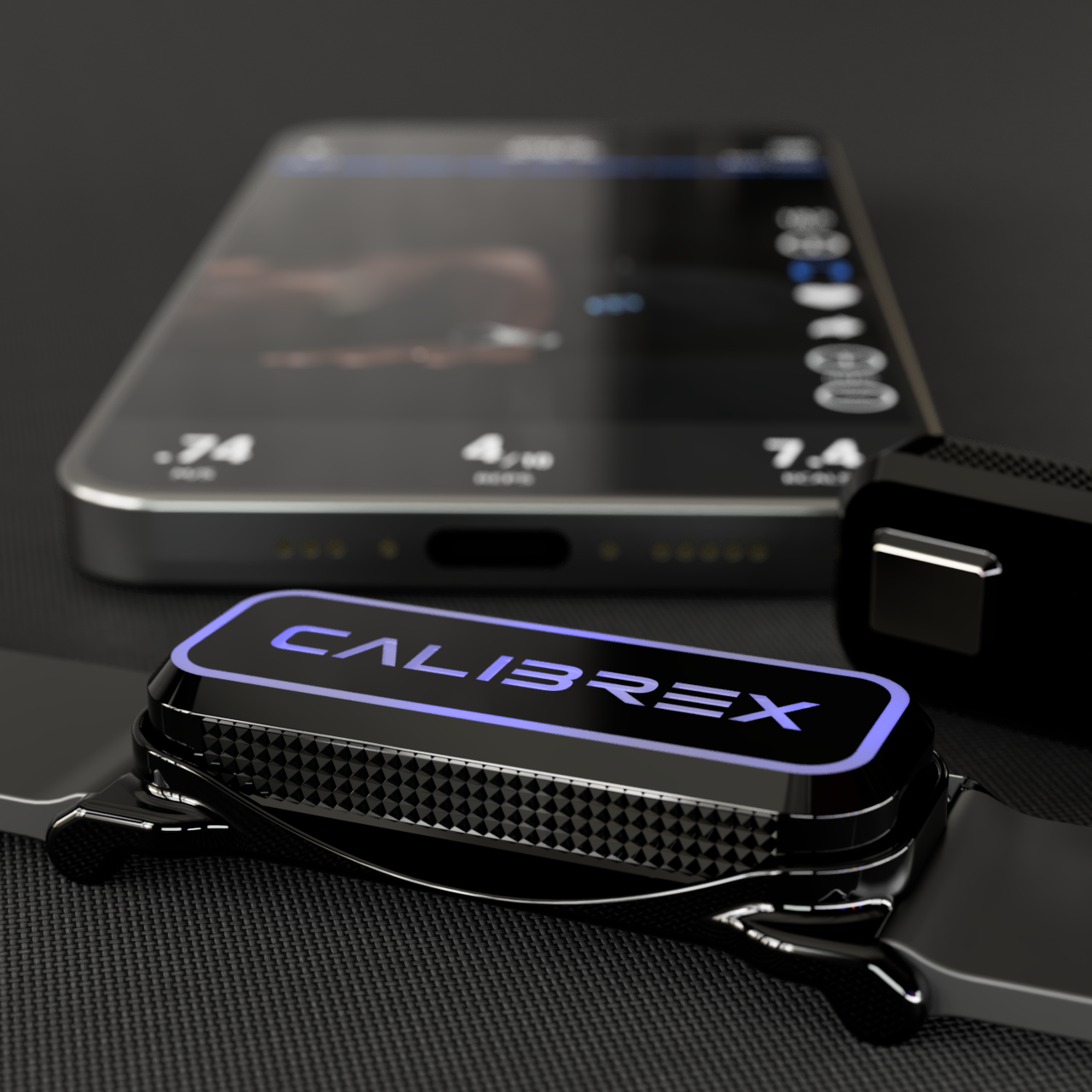Avoid Overtraining with VBT Technology.
Every athlete had a coach that pushed them to the absolute limit. Some days it was sprinting until you puked. On other days it was lifting until you couldn't walk. This coaching style is appropriate in a few scenarios but counter-productive in most.
On days you're feeling strong, weak, or somewhere in between, VBT provides the numbers you need to make the right training decisions. That way, you can avoid overtraining and maximize your time in the gym.
If you're guilty of overtraining, the number you need to pay attention to is velocity loss within a set. Velocity loss is the speed change from your fastest to your slowest rep. You can influence recovery speed and athletic adaptations if you manipulate velocity loss.
Manage Fatigue with Velocity Stops.
Research has shown that lifting until a 25% velocity loss leads to better short and long-term results than taking a set to a higher velocity loss or even failure. In simpler terms, quality beats quantity.
A velocity stop is a cutoff point for your lift. You set a minimum speed, and Calibrex will warn you once you have dropped below the threshold.
-
Green light, keep it going
-
Red light, stop and recover for the next set
Here's an example:
"Use as much weight as you like but don't go under 0.5 m/s for any rep."
The graph above shows a 25% velocity loss from the first to the last rep. This approach helps improve power and manage fatigue. Shorter recovery times allow for more frequent training sessions.
The graph above shows a 52% velocity loss from the first to last rep. This approach is helpful for muscle building and offseason strengthening. Extended recovery periods are needed to avoid overtraining.
Manipulate the velocity ranges of your lifts to create the adaptations you want. Both graphs are the same data set. The first was cut off at six reps to promote higher quality reps and powerful patterns. The second was cut off at failure to stimulate muscle growth and endurance.
Choosing the Right Speed.
It depends on your goals. Are you looking to gain muscle? Power? Maintain strength in-season?
Incorporating velocity stops into your training emphasizes the adaptations you are pursuing.
Here's a guide for you:
-
"I want to be more explosive."
-
Set a cutoff at 20% of your best rep velocity (BRV). That way, you drill in high-quality reps and allow for a quick recovery.
-
-
"I want to gain more muscle."
-
Set a cutoff at 40% of your BRV. You can get in a good pump to stimulate muscle growth. But, you will need more time to recover.
-
-
"I want to be better at olympic lifts."
-
Olympic lifts are explosive movements that need a ton of speed. You'll require specific technical skills to unlock your full potential. Prioritize the highest quality reps and avoid pushing through fatigue. Set a cutoff at 10% for power exercises like cleans and jerks.
-
-
"I'm in the middle of my season, but I want to stay strong."
-
Continue to lift heavy but put a velocity cutoff at 15% BRV. That way, you can limit fatigue and maintain strength.
-
Set velocity stops for your lifts to maximize sessions and avoid overtraining.
Stay Tuned...
In the next post, we will be discussing bar balance and single leg lifts!
What velocity loss % is right for you?
Lift with intent
Calibrex 1.0 quantifies lifting performance in real-time.
no subscription required
Looking to take your training to the next level? Pro athletes use these metrics to make better informed training decisions. So can you.
Track your progress, get real-time feedback and minimize risk of injury.










Share:
Build your personalized athletic profile
Start With Single Leg Lifts + Two Ways to Track Bar Balance Progress